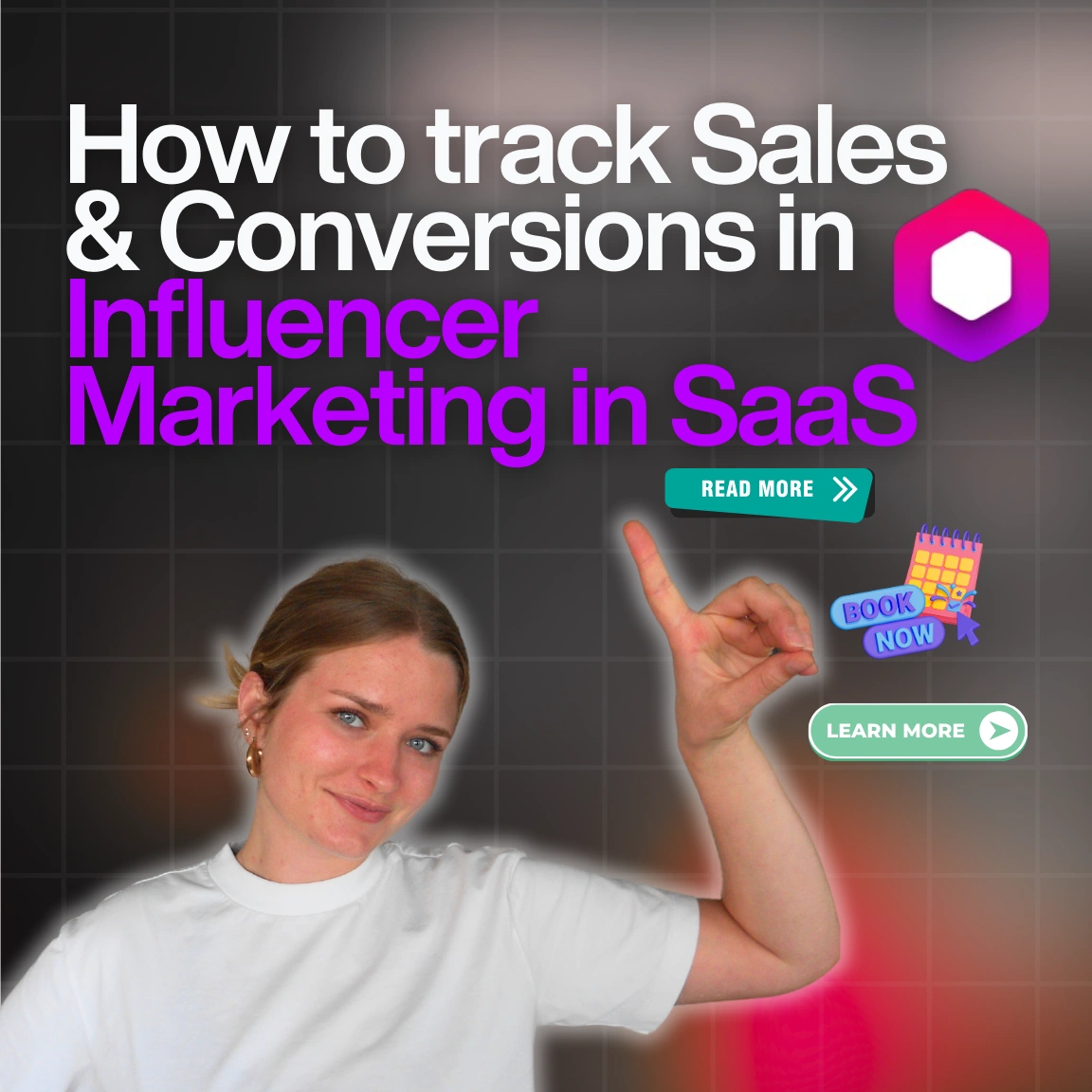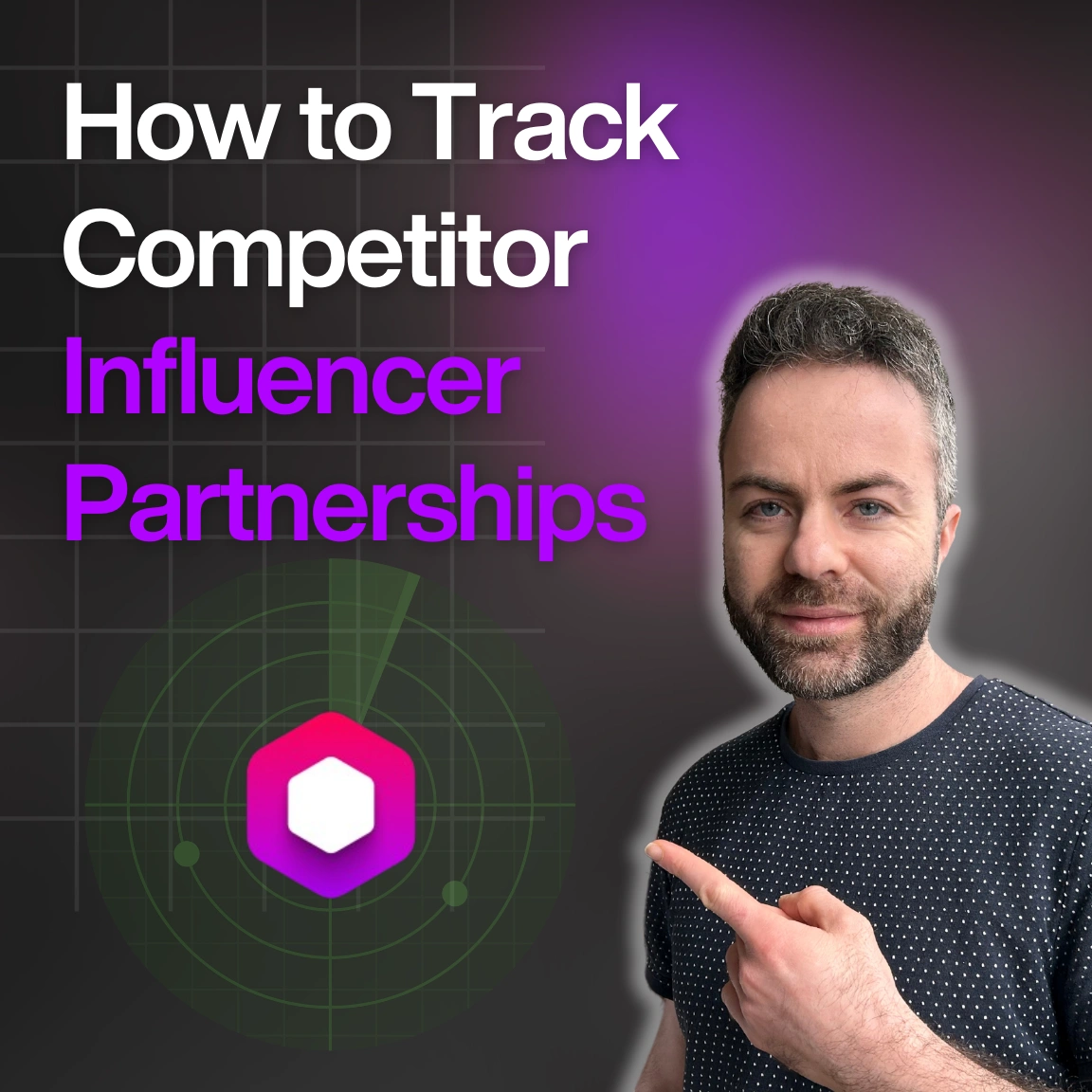Blog & Articles
Your ultimate ressource for the creator economy
Methodology & Rankings
About Favikon, rankings, tools & much more.
Insights
The recipe behind Favikon's viral & coveted rankings.
Free tools to power your influencer marketing workflows.
See Favikon users' success stories.
Get access to all Favikon rankings.
Become a Partner
Become an Affiliate
About the team behind Favikon
The place to talk creator economy, together


Featured Rankings

Here is the Top 50 Rising Video Creators on LinkedIn. Video is quickly becoming the platform’s most powerful format, with creators gaining more reach and engagement than ever. As Gen Z grows its presence and tools like BrandLink and Thought Leader Ads support content creation, LinkedIn is doubling down on video. This ranking, made in partnership with OpusClip, celebrates the creators leading this shift and aims to inspire anyone ready to start sharing through video.

Here is the Top 50 Rising Video Creators on LinkedIn. Video is quickly becoming the platform’s most powerful format, with creators gaining more reach and engagement than ever. As Gen Z grows its presence and tools like BrandLink and Thought Leader Ads support content creation, LinkedIn is doubling down on video. This ranking, made in partnership with OpusClip, celebrates the creators leading this shift and aims to inspire anyone ready to start sharing through video.
How to Create Detailed Campaign Briefs That Inspire Creativity
Clear influencer briefs don’t have to limit creativity. Learn how to create detailed campaign briefs that set expectations, align goals, and still leave room for creators to bring fresh, authentic ideas to the table.
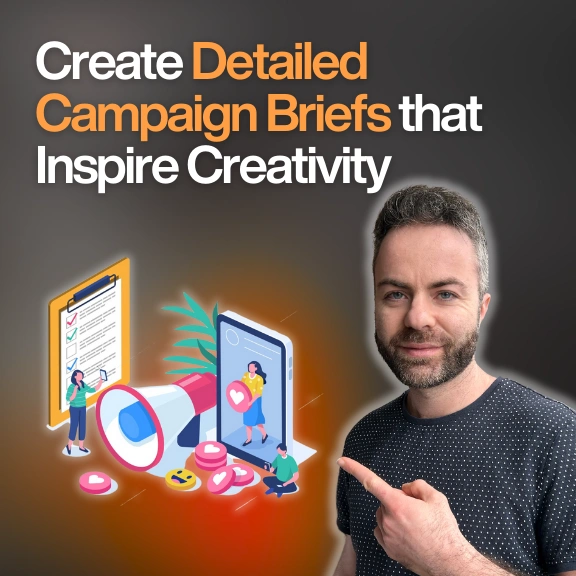
.png)

Josie Renna is a content strategy expert with a passion for helping creators navigate the ever-evolving digital landscape. Specializing in effective content creation techniques and platform-specific strategies, Josie provides insights to empower creators and brands to thrive online. With a deep understanding of algorithm dynamics and audience engagement, Josie shares actionable tips for optimizing content performance across various platforms.
Check Brand DealsHow to Create Detailed Campaign Briefs That Inspire Creativity
Creating campaign briefs that truly inspire creativity isn't just about listing requirements—it's about crafting a strategic document that ignites imagination while providing clear direction. A well-structured brief serves as the foundation for breakthrough creative work that resonates with audiences and drives measurable results.
Understanding the Strategic Foundation
The most effective campaign briefs begin with a crystal-clear understanding of the strategic landscape. According to Siteimprove's content strategy experts, successful briefs must establish the "why" before diving into the "what" and "how."
Your brief should start with a compelling project overview that outlines not just what you're trying to achieve, but why it matters to your business and your audience. This context transforms a simple task list into a mission that creative teams can rally behind.
Defining Clear, Measurable Objectives
Vague objectives kill creativity faster than tight deadlines.

This precision gives creative teams a target to aim for while leaving room for innovative approaches.
As noted by Workamajig's creative project management research, measurable objectives help prevent the endless revision cycles that drain creative energy and budget resources.
Deep Audience Insights: Beyond Demographics
The difference between good and great creative work often lies in how well you understand your audience. Modern campaign briefs must go far beyond basic demographic data to include psychographic insights, behavioral patterns, and emotional triggers.
Building Comprehensive Audience Personas
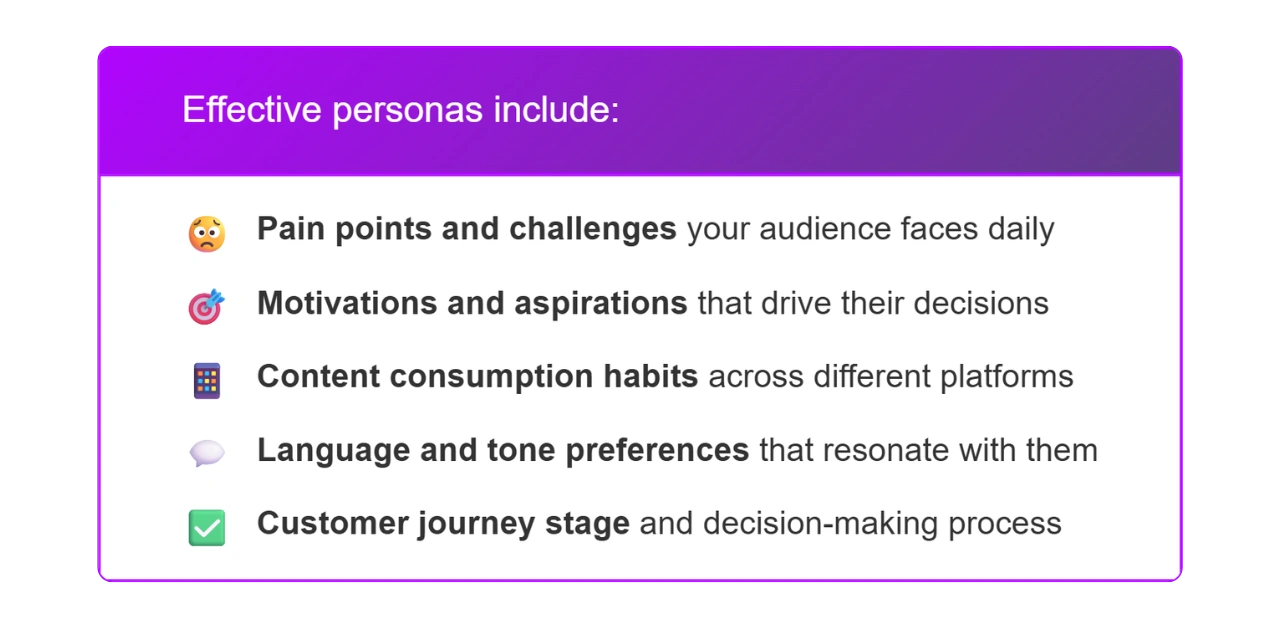
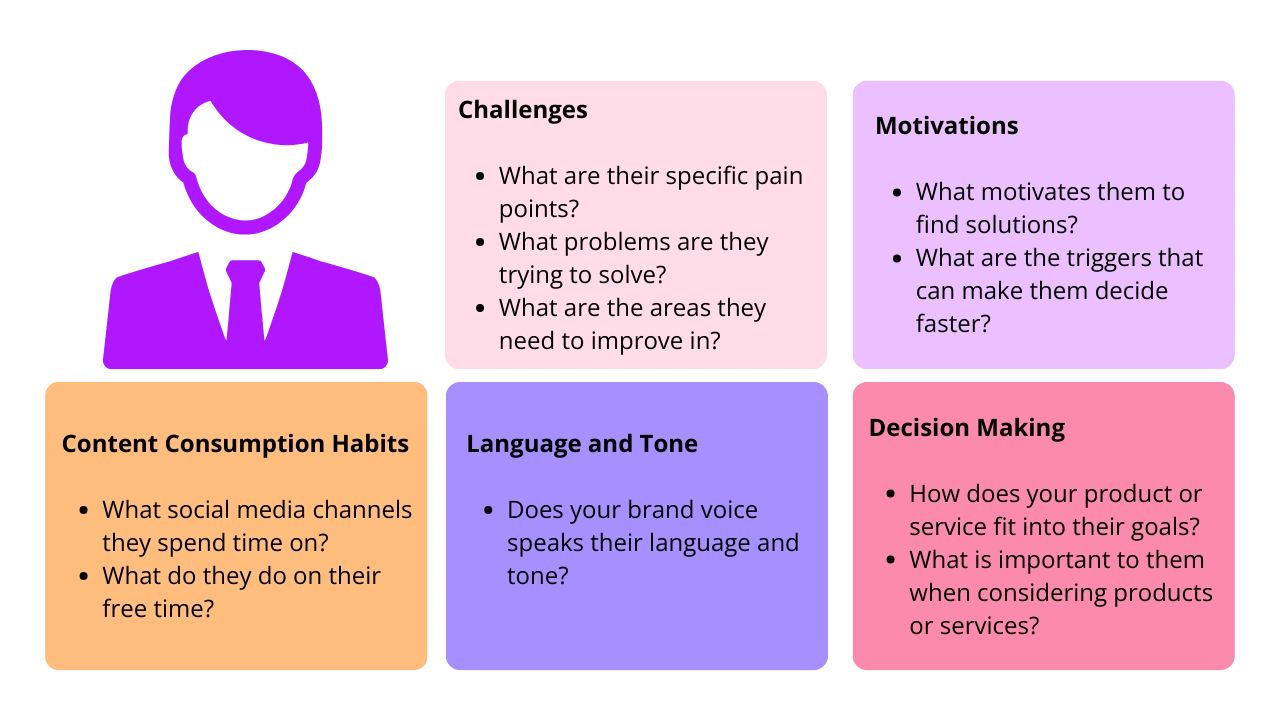
Industry leader Sarah Johnson from Creative Strategy Institute emphasizes: "The most successful campaigns come from briefs that treat the audience as real people with complex motivations, not just data points in a spreadsheet."
Crafting Compelling Messaging Architecture
Your brief's messaging section should serve as the creative team's North Star. This goes beyond a simple tagline to include the core narrative, key messages, and emotional tone that should permeate all creative executions.
Establishing Brand Voice and Tone
According to Adobe's creative brief guidelines, the most effective briefs include specific examples of how the brand voice should sound in different contexts. This might include sample phrases, words to avoid, and emotional registers that align with your brand personality.
Creative Director Michael Chen from Brand Innovation Labs notes: "A well-defined voice in the brief eliminates 80% of the back-and-forth during creative development. It's like giving the team a compass for every creative decision."
Technical Specifications That Enable Creativity
While creative teams need freedom to innovate, they also need clear parameters to work within. Your brief should include detailed technical specifications without stifling creative exploration.
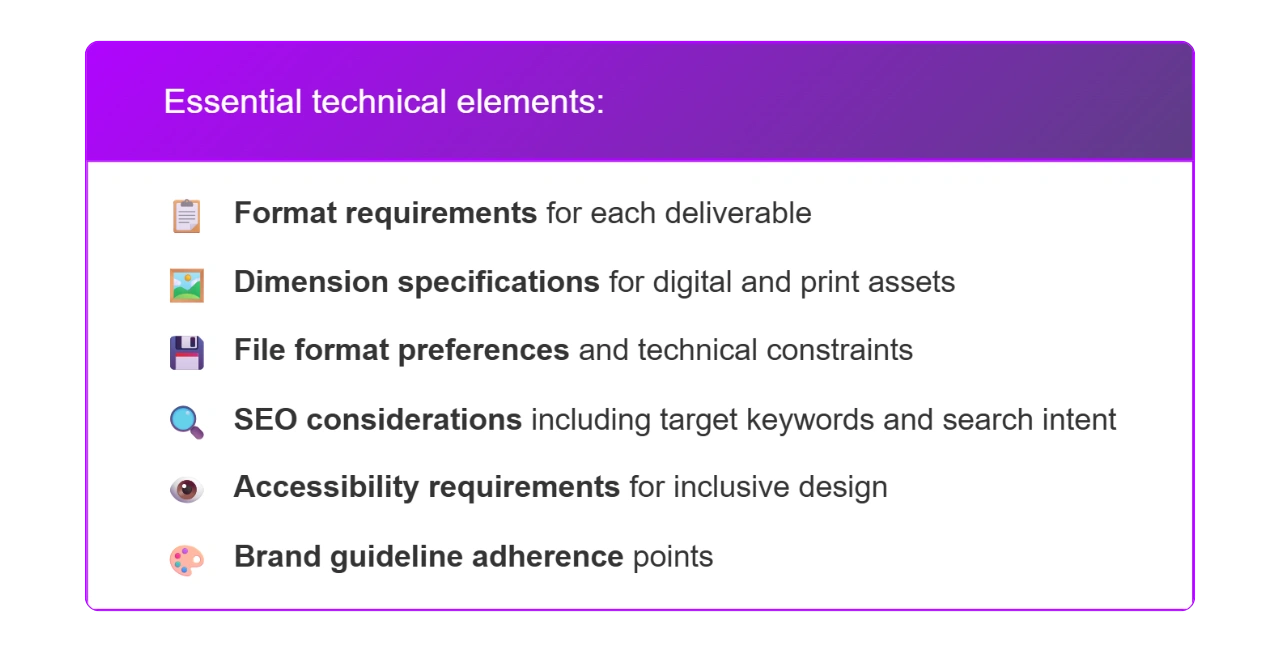
Providing Strategic Context and Background
Creative teams produce their best work when they understand the broader strategic context. Your brief should include relevant market insights, competitive landscape analysis, and historical campaign performance data.
Industry Trends and Competitive Intelligence
Research from Bynder's creative operations team shows that briefs including competitive analysis lead to 40% more innovative creative solutions. This context helps teams identify white space opportunities and avoid overdone approaches.
Marketing strategist Lisa Rodriguez from Digital Innovation Partners explains: "When creative teams understand what everyone else is doing, they're naturally motivated to find a different, more compelling approach."
Timeline and Budget Considerations
Realistic timelines and clear budget parameters don't limit creativity—they channel it effectively. Your brief should outline key milestones, review cycles, and resource allocation to ensure smooth project execution.
Building in Creative Development Time
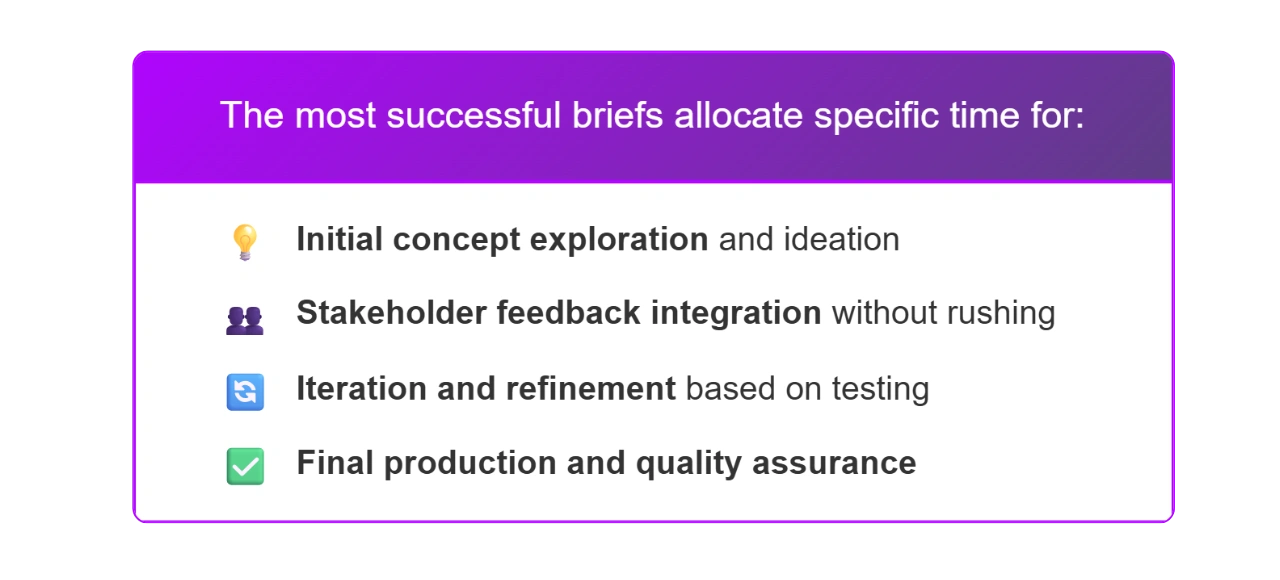
Inspiration and Innovation Elements
Great briefs don't just instruct—they inspire. Include elements that spark creative thinking while maintaining strategic focus.
Encouraging Strategic Risk-Taking
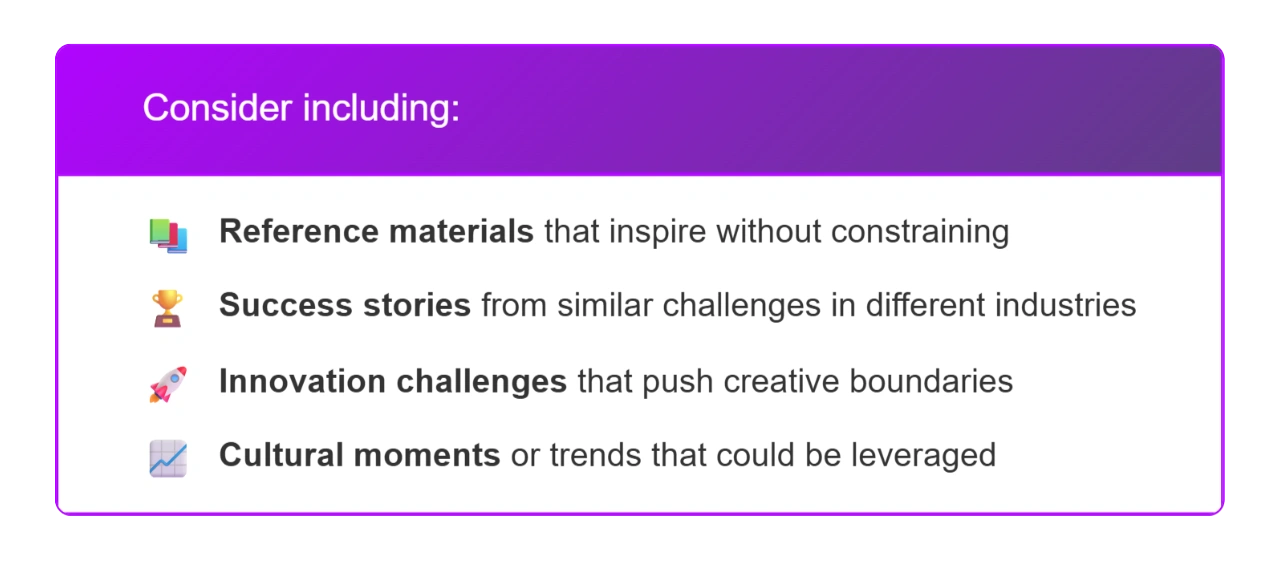
Creative consultant David Park from Innovation Creative Labs suggests: "The best briefs I've seen include a 'what if' section that encourages teams to explore bold ideas within strategic guardrails."
Recommended tools
Launch and Manage Influencer Campaigns with Ease
Leveraging Favikon for Campaign Brief Development
When developing your campaign briefs, platforms like Favikon can provide invaluable insights into influencer performance and audience engagement patterns that inform your creative strategy.
By analyzing top-performing content in your industry through Favikon's comprehensive database, you can identify messaging approaches and creative formats that resonate with your target audience.
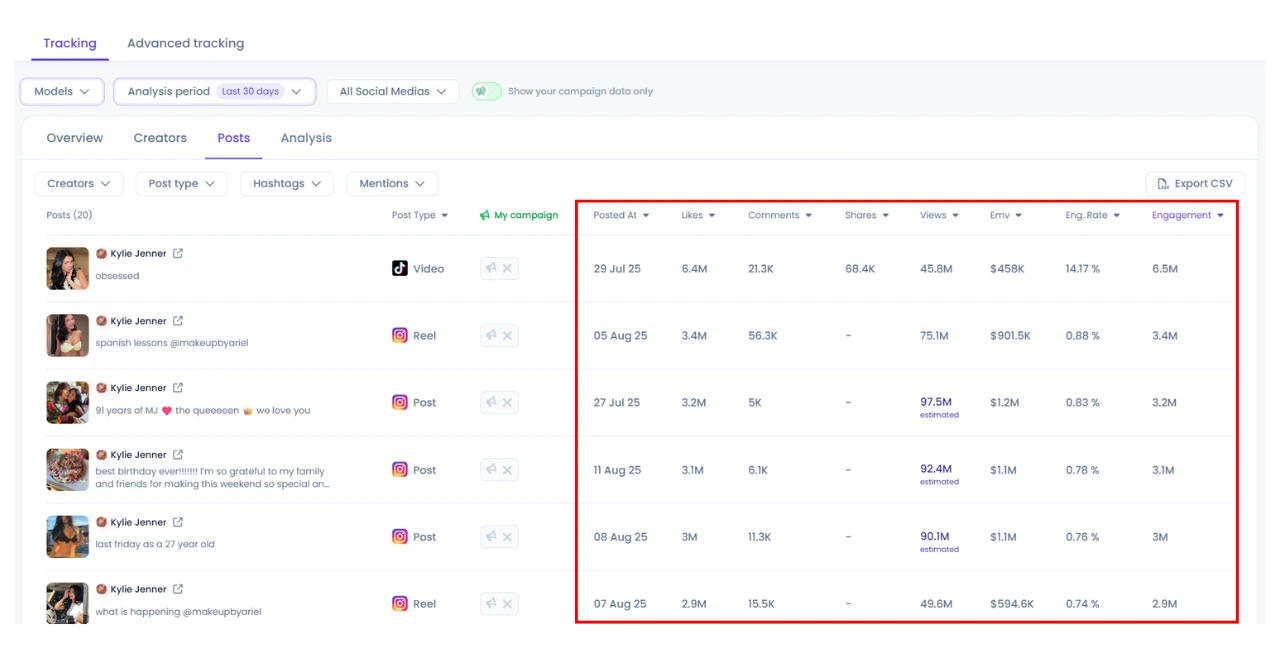
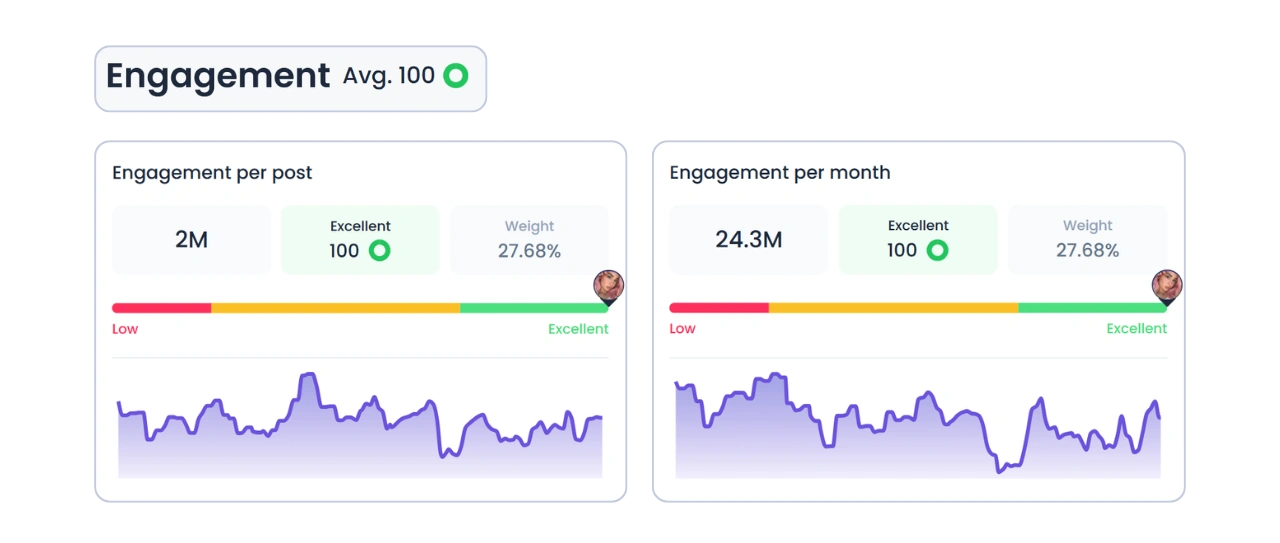
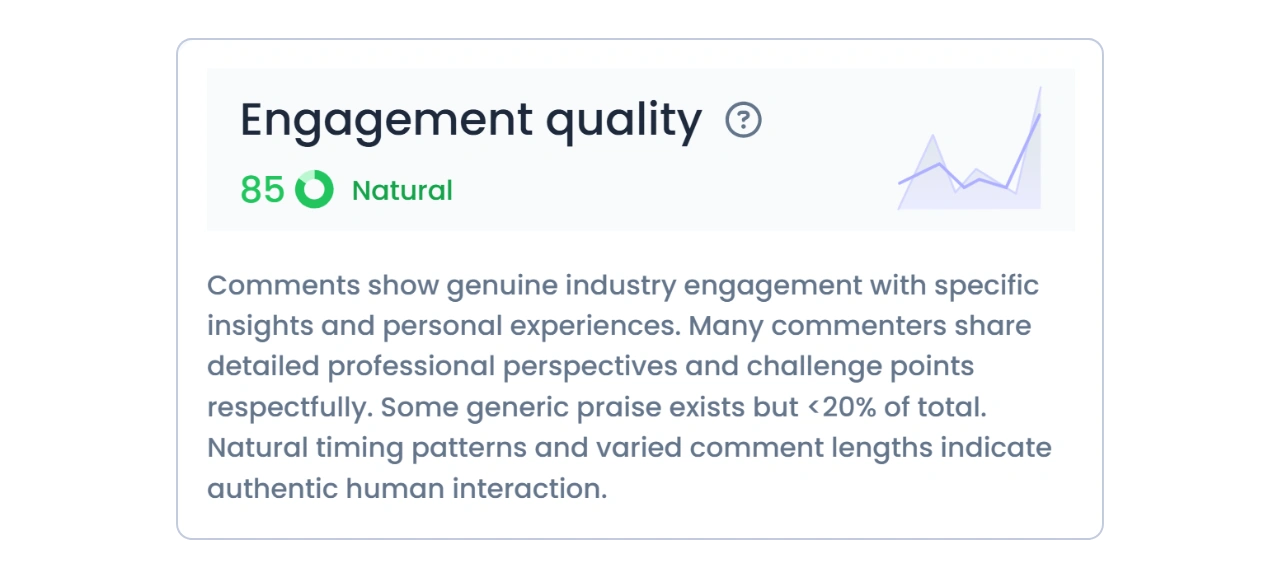
Measuring Brief Effectiveness
The success of your campaign brief can be measured by how effectively it guides creative development and final campaign performance.
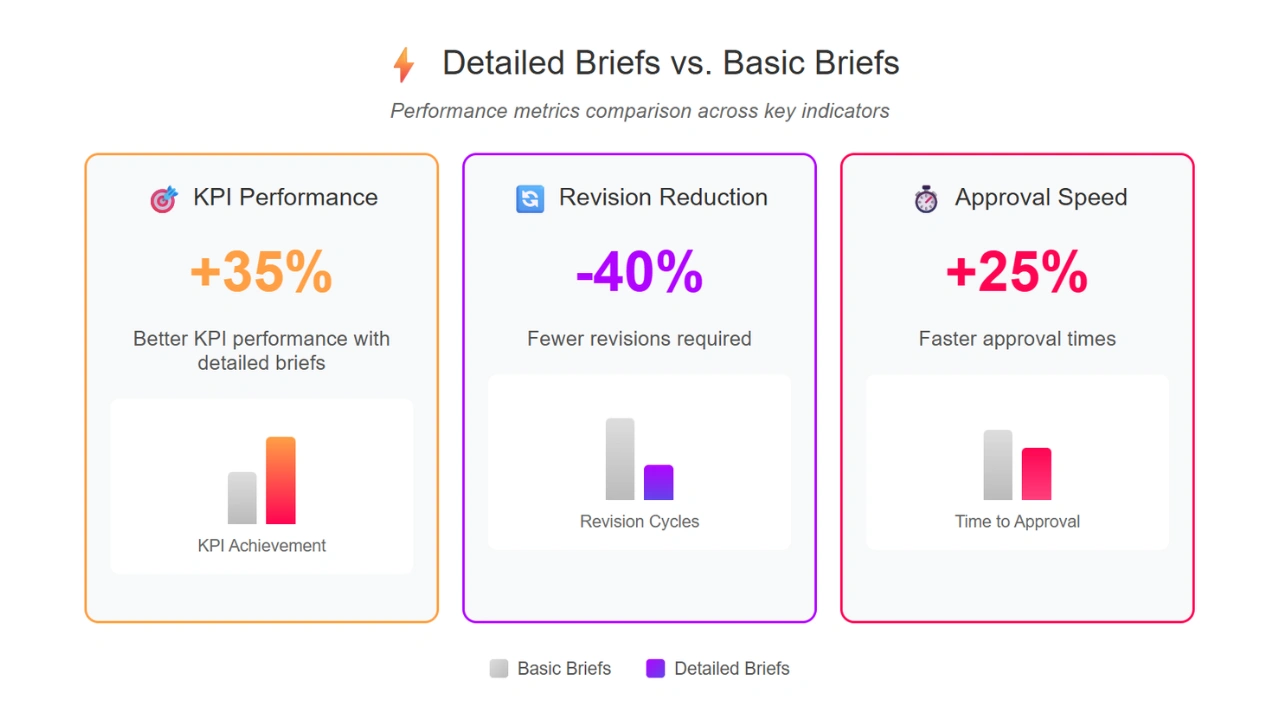
Detailed campaign briefs significantly improve overall performance, reduce inefficiencies, and accelerate project timelines. The investment in a comprehensive briefing pays dividends across all key metrics.
Key Takeaways for Brief Excellence
Creating detailed campaign briefs that inspire creativity requires balancing strategic clarity with creative freedom. The most effective briefs serve as both roadmap and inspiration, providing clear direction while encouraging innovative thinking.
Remember that your brief is a living document that should evolve as you learn more about your audience and refine your strategy. Regular brief reviews and updates ensure your creative teams always have the most current and relevant guidance.
The investment in comprehensive brief development pays dividends throughout the creative process, resulting in more effective campaigns, smoother project execution, and stronger creative outcomes that drive real business results.
Ready to streamline your campaign briefs? With Favikon, you can analyze influencer profiles, track performance, and align creators with your brand goals, making it easier to craft detailed briefs that inspire creativity and deliver results.
Also See 👀
🏆HOW TO CREATE WIN-WIN PARTNERSHIPS WITH INFLUENCERS
Related Articles
See all the articlesResources











.png)


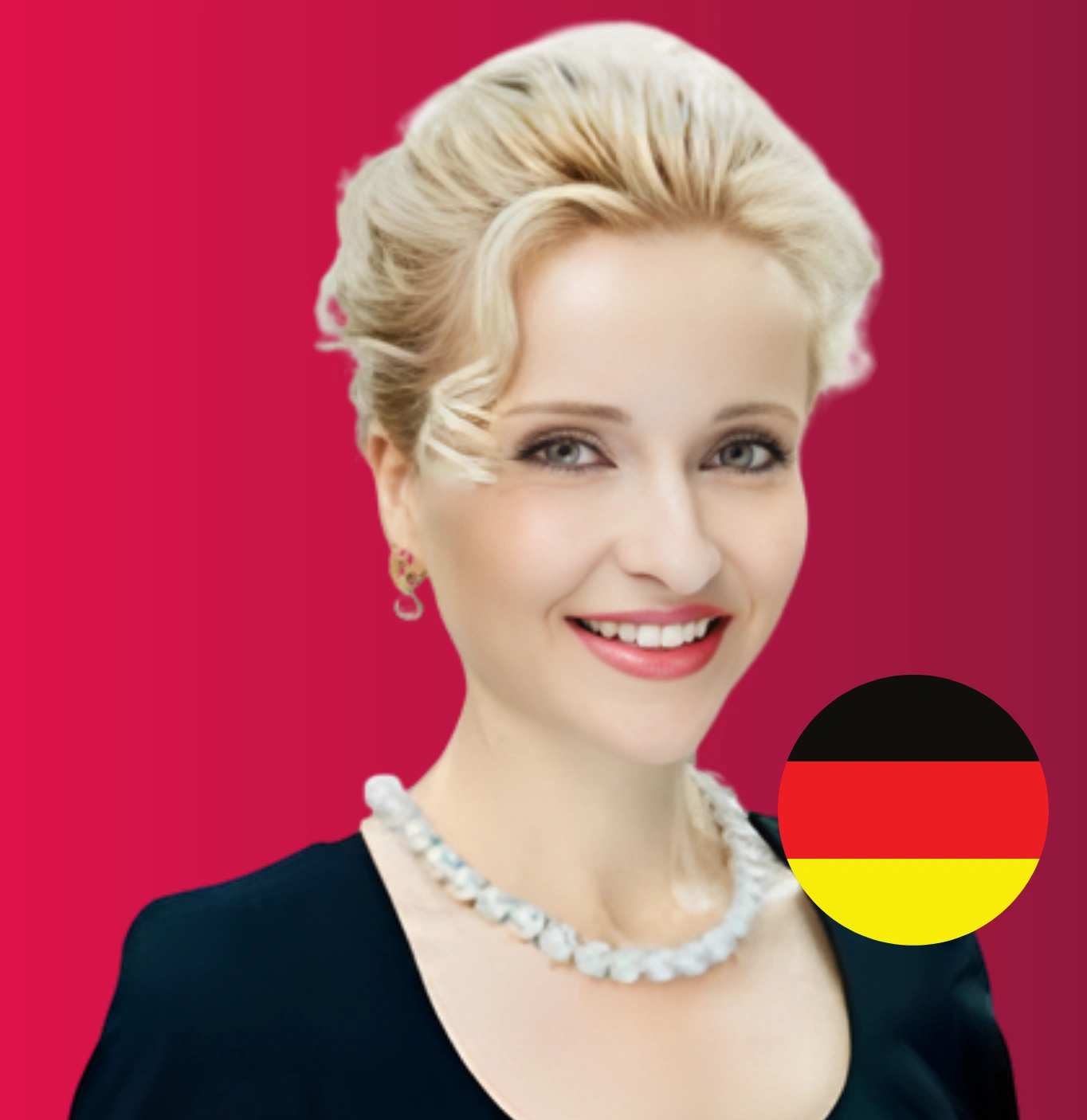
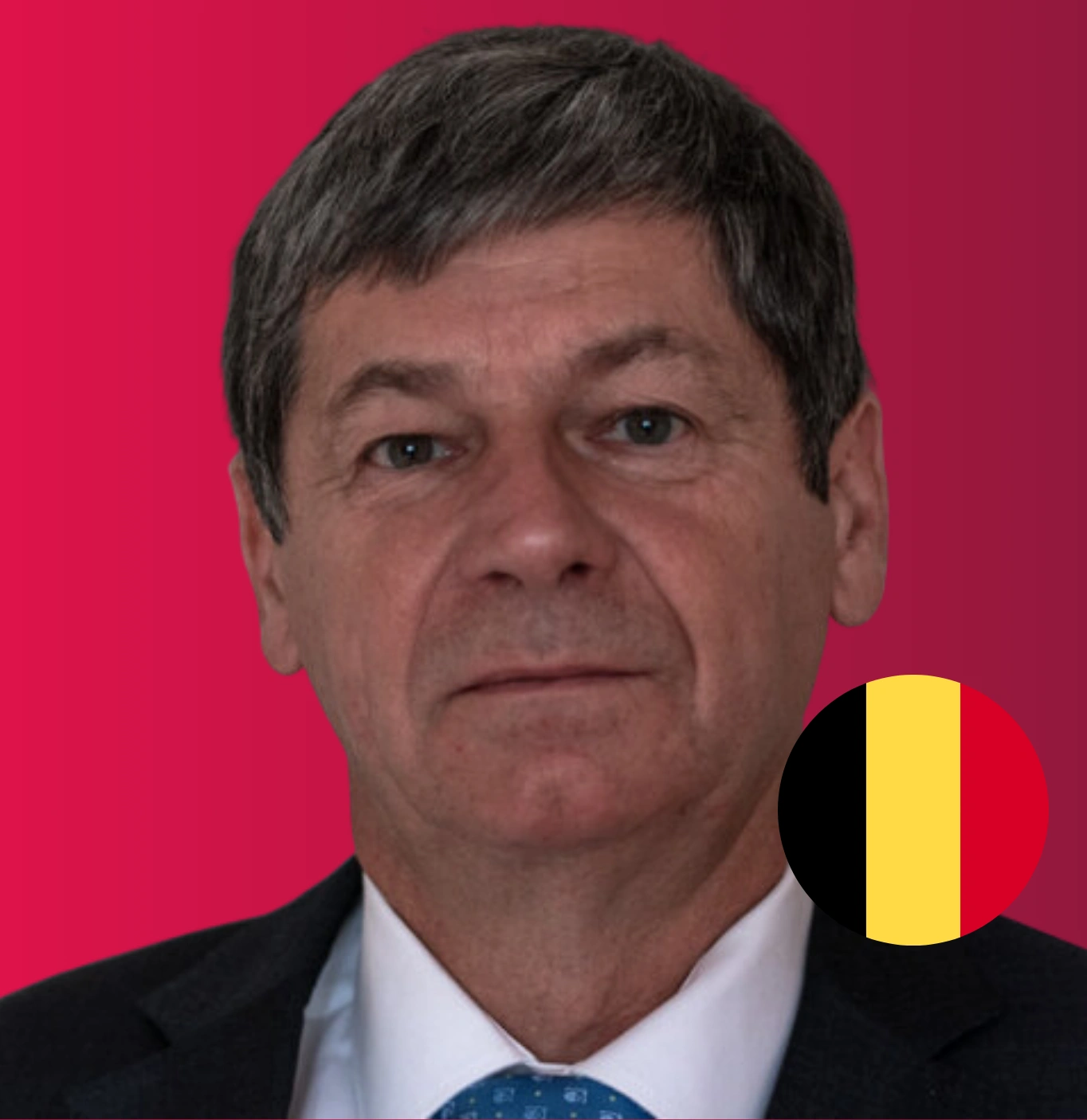


.png)
